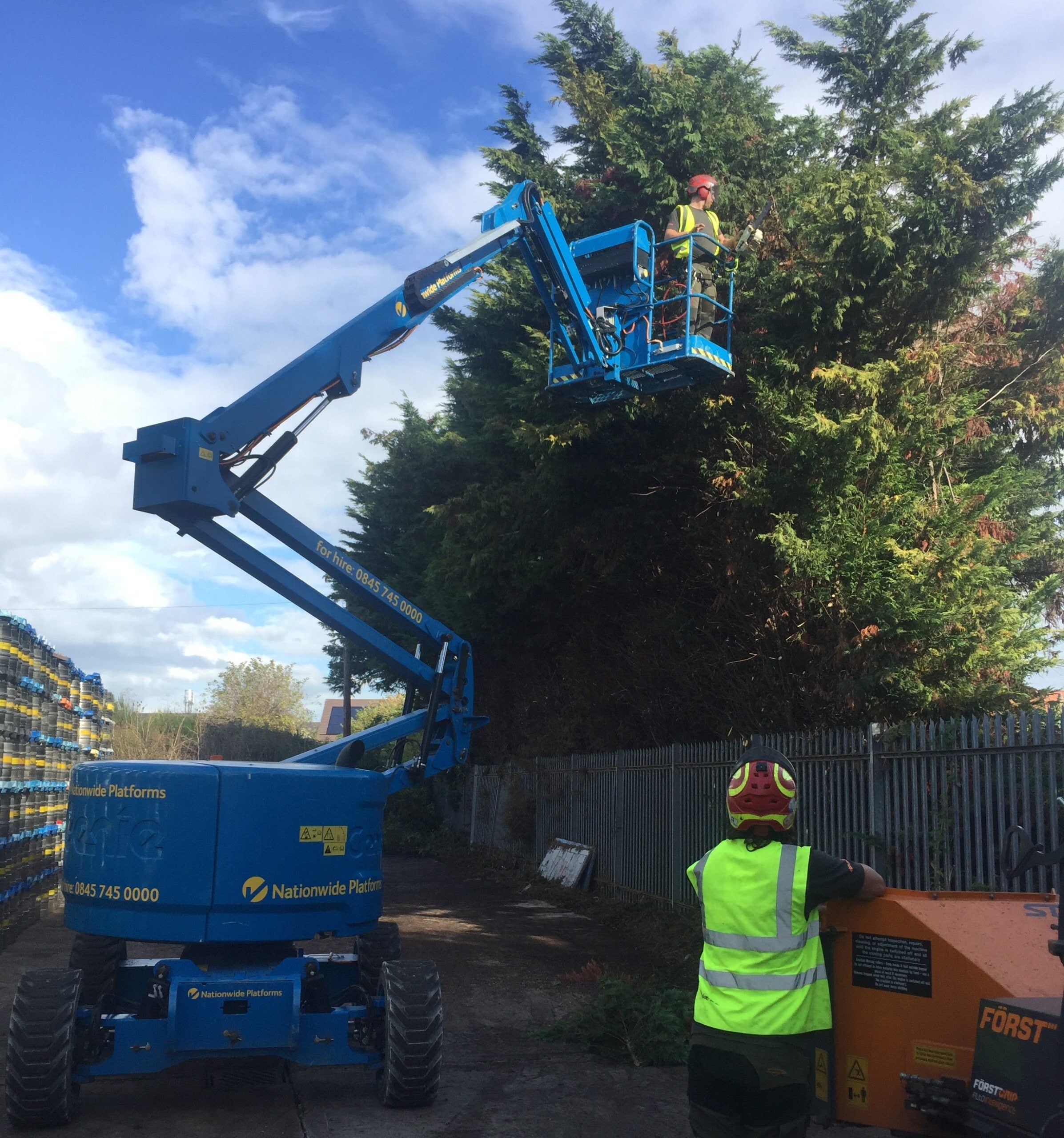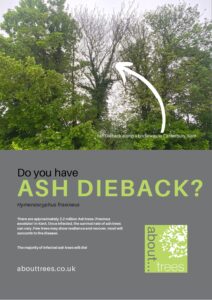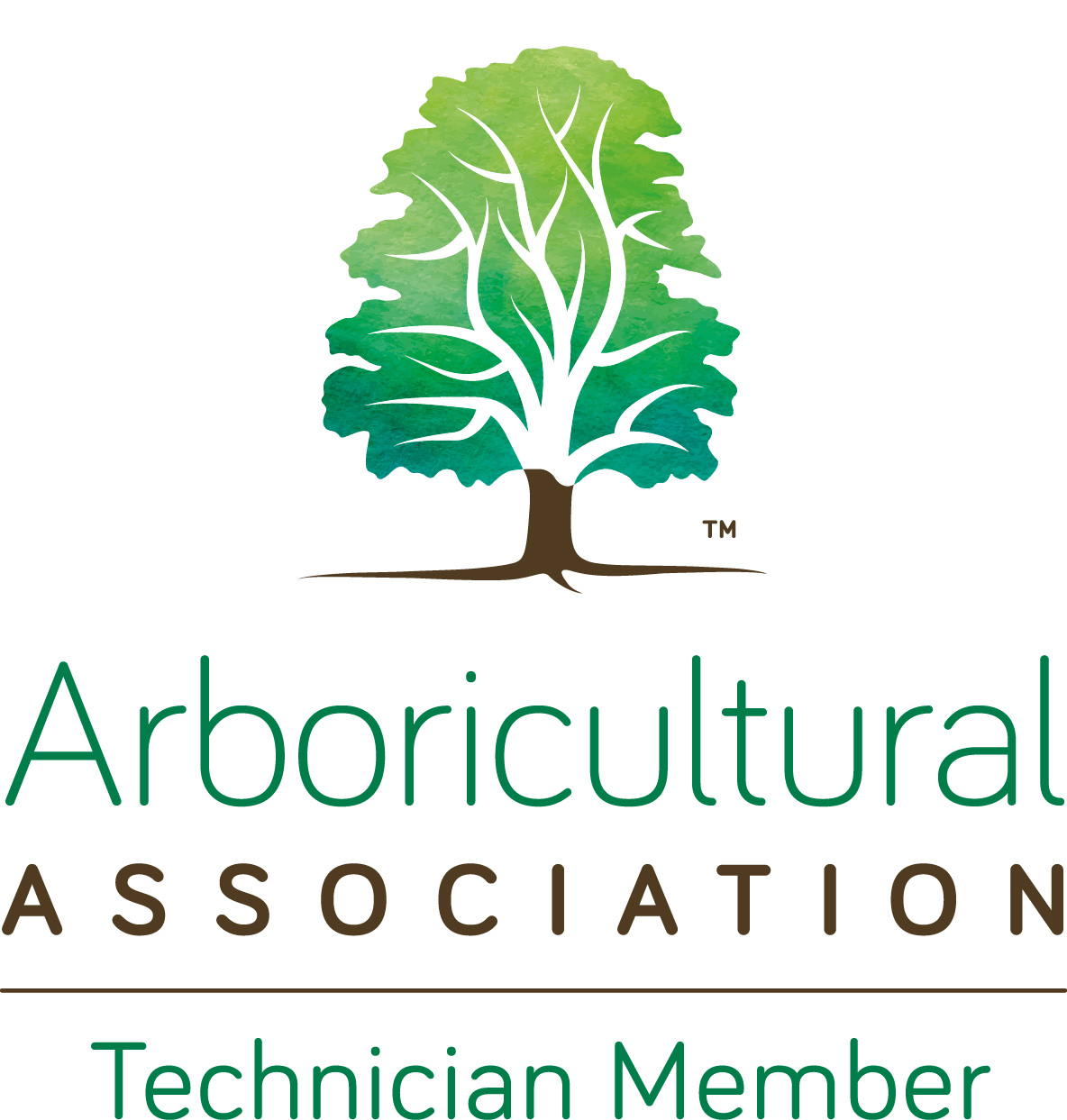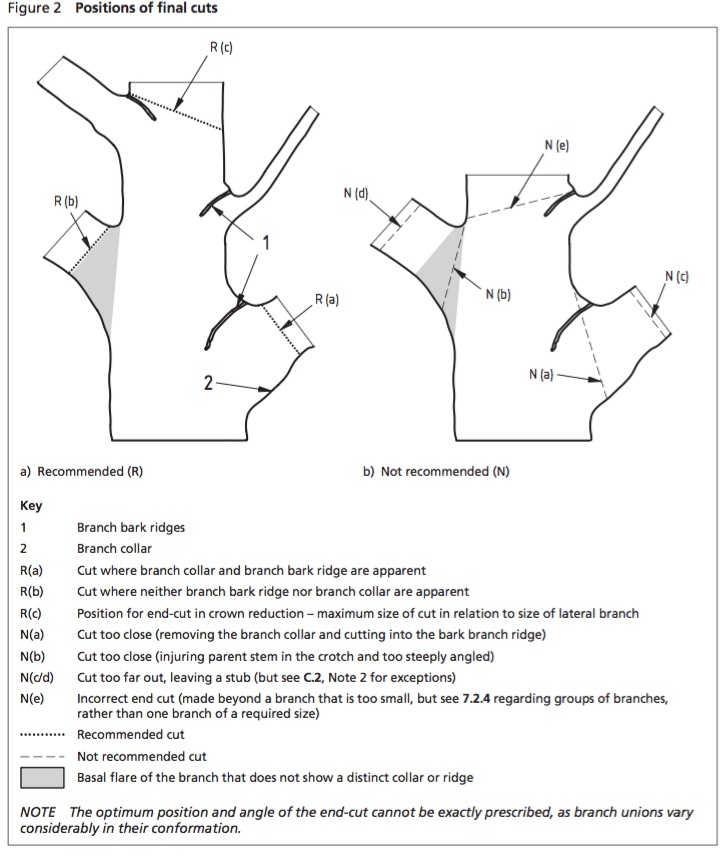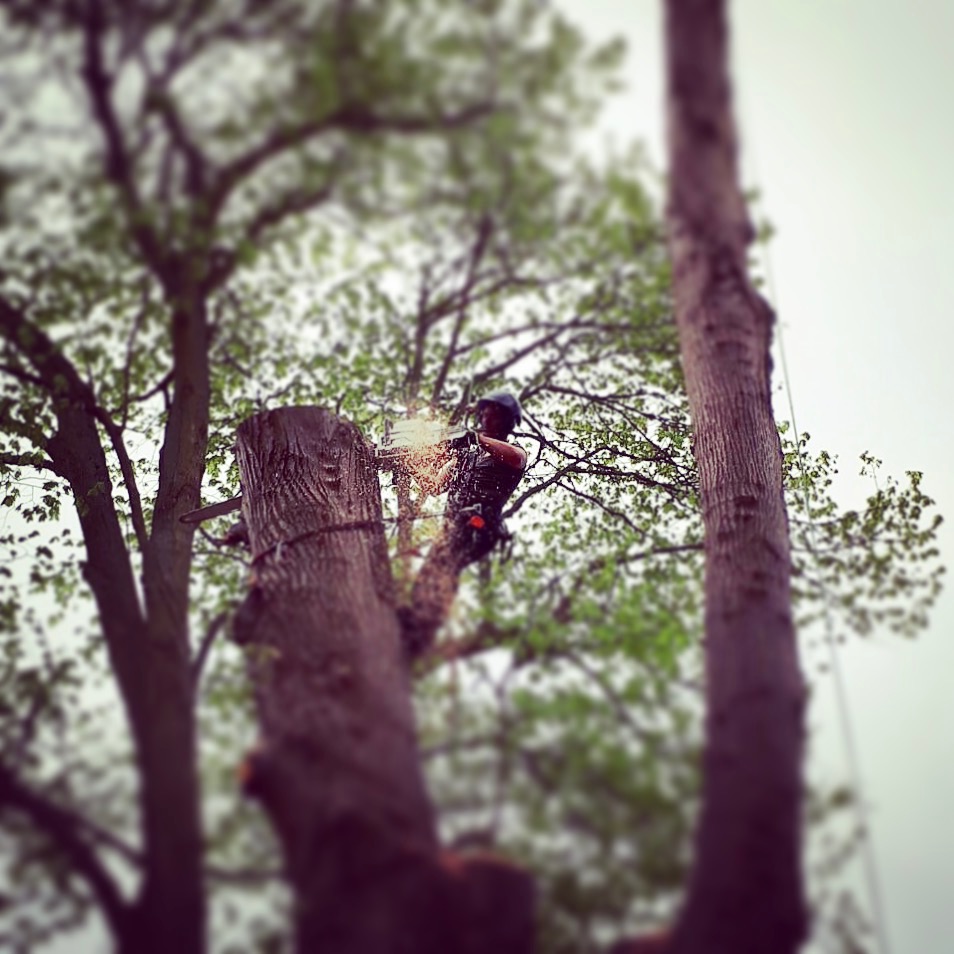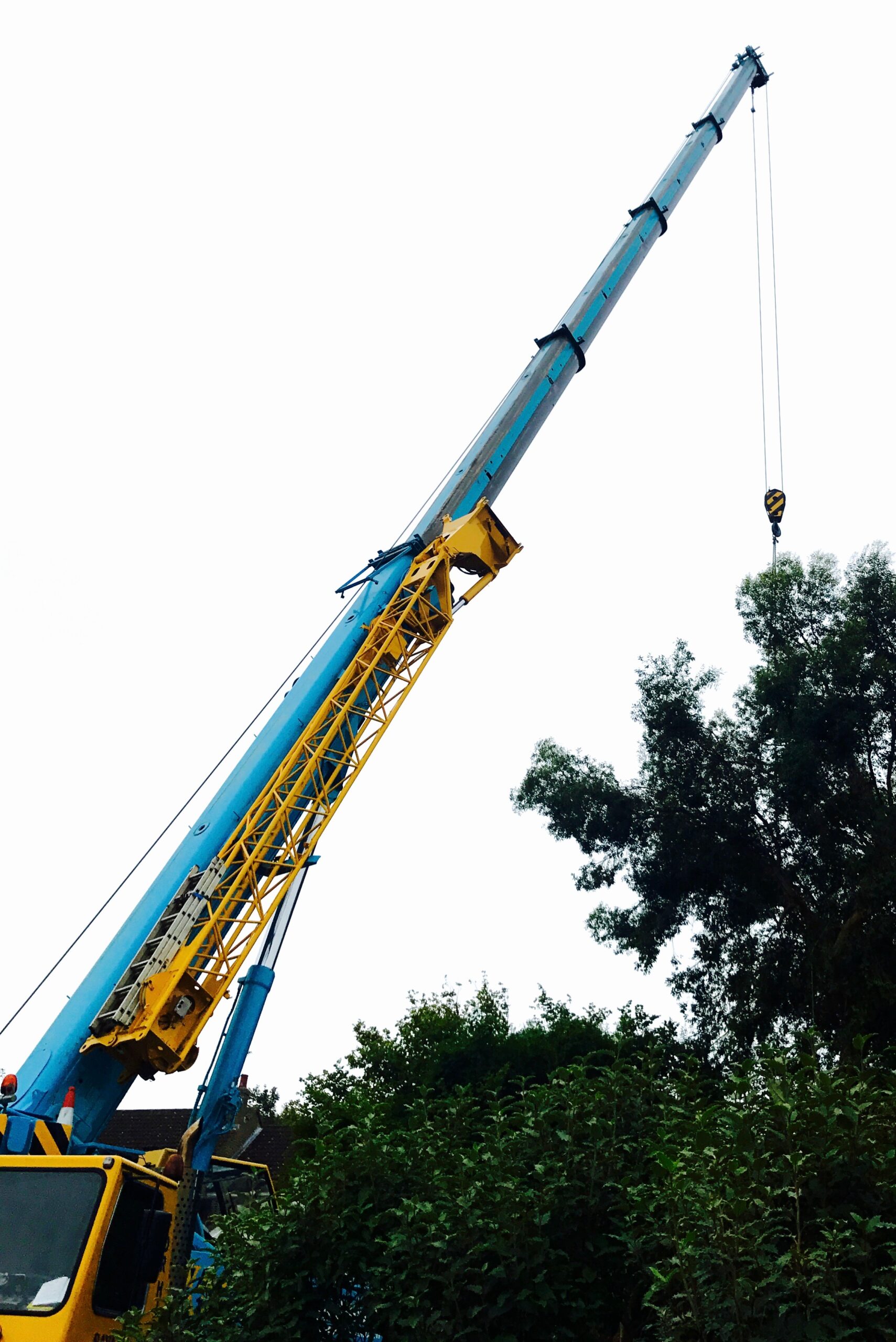Now, my take on decent Arboriculture (tree surgery) is to leave a tree looking as natural as possible and little signs of human interference noticeable. It’s British Standards 3998 2010 “Recommendations for Tree Work” and we try our hardest to prune to this at all time, as should all respectable companies.
The standard is now 7, nearly 8 years old and should be a staple of all of us [professional arboriculture] company’s armoury of knowledge and guidance. Moreover, maybe it should drive the entire way we tailor our [companies & individuals] approach to caring for and work on trees. This document is substantial, it has over 60 pages in A4 guise imparting knowledge on us ranging from what trees are to the Veteranization of trees when and how to prune, the list goes on. I will paraphrase some sections of the standard throughout this post to try to illustrate it’s importance.
It starts off by saying;
“Trees are dynamic, continually self-optimizing organisms, i.e. each year, by producing new shoots, roots and radial increments of wood and bark, they maintain both their physiological functions and their structural integrity. Thus, the often massive structure of a mature tree above ground, consisting of the stem, branches, twigs and the attached foliage, is highly efficient in intercepting, using and storing solar energy, while also bearing its own weight and dissipating the potentially damaging forces of the wind. Below ground, although far less obvious, the extensive root system is equally efficient both in providing anchorage and in pervading the soil in order to absorb the water and mineral nutrients that are essential for survival, growth, flowering and fruiting.”
As you can probably see, the tone is one of respect for the living organism and I feel it has a slightly holistic sentiment also. It sets the tone of the standard in my view.
BS 3998 (2010) is designed to make us all more respectful of the fact that trees are living and make us think whilst surveying, quoting and working on trees. It’s designed in my view to make us think of long term implications of our actions on the trees we are working on or specifying work for. It certainly has managed to do this for me over the years.
Such is the importance (in my view) of this document one would expect to find copies of it in all professional tree care outfits… true?
NO.
You can search high and low and I would say that most times you will not find BS3998 (2010) in either the office or yard of most companies. In 2o years in the industry I think I have seen 3 copies on separate occasions!
There must be a reason why this is the case?
What’s the issue?
I think there are several reasons why take up is so low;
- Cost. Last time I checked BS3998 (2010) came in at £216. Small price to pay for such valuable resource I hear you say. True, but for your average small tree company employing 2 maybe 3 people this is an incredibly expensive outlay on what is essentially a small book. I do wonder how such a crucial tool in our professionalism can be made at such a cost where even most conscientious business owners don’t bother with the expense.
- Implementation of the standard can be tricky – I think it’s fair to say that the general aim of the standard is to treat trees with a little more respect, we should prune only if absolutely necessary and we should prune with the least intervention as possible. In short “less is more”
- It’s a seed change in terms of approach for some companies, after all we can all become a little set in our ways can’t we?
Implementation.
You will find yourself, when quoting for work having to explain a lot more in depth on how your spec. is different than that of the other company’s quotes you potential client has.
For example;
How come competitors have suggested a 30% crown reduction when you have suggested a 20-25% leaf mass reduction?
The reason?
“For example on certain trees a 12% reduction of the lateral length of branches across the entire tree (length) can result in a 30% loss of leaf volume. British Standards 3998(2010) states: “The general principle [of Crown Reduction] is that, following reduction, there should still be a strong framework of healthy small-diameter branches and twigs (leaf-bearing structure), capable of producing dense leaf cover during the following growing season. “
That’s just 12%. imagine when you remove 30% of the length, you’ve pretty much removed 100% of leaf cover from the tree. This CANNOT ever be good for the tree. It results in rapid, vigorous re-growth and causes long term physiological issues.
This approach represents a huge change in the way that many people still perform crown reductions of trees. The following table if never seen before by an Arborist is a game changer and takes some serious head scratching;

 It’s easy to see how this can be incredibly difficult for an arborist to adopt. From our own experience, its very tricky in all stages, from quoting through to implementation to the final follow up call to see if the client is happy. Being brutally honest, it’s an easier sell with commercial clients, most of the time all they want to know is they are managing their risk. They trust us to carry out the works to spec.
It’s easy to see how this can be incredibly difficult for an arborist to adopt. From our own experience, its very tricky in all stages, from quoting through to implementation to the final follow up call to see if the client is happy. Being brutally honest, it’s an easier sell with commercial clients, most of the time all they want to know is they are managing their risk. They trust us to carry out the works to spec.
Tomatoes.
It becomes tricky when you are dealing with a client who has put their green house under a tree and now wants the tree reduced so they can get more light on their tomatoes. You will find upon implementing the standard that you are now no longer on an equal playing field when up against other companies. They have said that will reduce the tree by 50% and take they money all day long, whereas the Arb wanting to be as professional as possible in adopting BS3998 (2010) will from experience once again, loose the job. For the most part I’m kind of OK with this, the way we work is all about the quality and if I’m 100% honest in adopting this approach we now see a change in our client base. We have built relationships with clients that treasure their trees and appreciate the approach we take based on the perceived knowledge that we as a company have and the ethics we uphold with regards to pruning trees.
Walk away then?
Now, here’s a question – if a client vehemently insists to have their tree pruned in a way that is not conducive to BS3998 what do you do?
This is a moral and business issue. It’s great to have morals, but they do not pay the finance on the chipper, or truck, or insurance or wages do they? I can only talk form experience, About Trees is 10 years old, we have indeed walked away from jobs before, we’ve probably lost more on the basis of quoting to the standard (uneven playing field). If, a client is insistent on taking a course of action that we do not recommend I will let them know on the quote, and any further communications that this is not work that we should carry out if pruning to BS3998 (2010) – sort of like a disclaimer. My hope is we can steer them in the right direction and start that golden relationship with them where they end up trusting our expert judgement. Some people you just cannot win over though.
Is it worth it?
Yes, working towards the standard has been so rewarding for About Trees, (I do wish the purchase cost would come down so more companies would invest in it) we as an organisation feel professional and knowledgeable, such is our conviction that we do win most jobs based on the obvious desire to prune trees in the correct manner. We have tool box talks and focus on sections of the book. I’m confident also that the quality of the work that we turn out is right up there. It’s good to know that we can walk with our chests puffed out in the knowledge that we as a company are performing every day!
It’s a tough sell to a lot of clients and you will hear the immortal words “well, is that all you’ve done?” from time to time, but more often you’ll hear about what a great job you’ve done and how great the tree looks and experience with you company has been from start to finish.
Suck it up fellow Arbs – it’s worth it.
Mantra is LESS IS MORE people – less is more.

